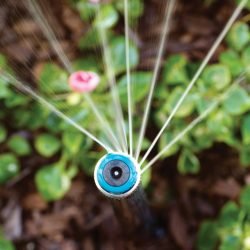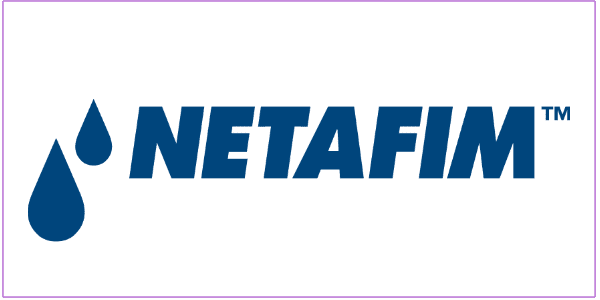Welcome To Our Irrigation Library!
Hose Watering Vs Irrigation Systems
The water consumption of a garden irrigation system is a critical aspect that directly influences its efficiency and environmental impact. Understanding and managing water usage is essential for sustainable and responsible irrigation practices.
Factors Affecting Water Consumption
Several factors contribute to the overall water consumption of an irrigation system:
- Plant Needs: The water requirements of plants vary based on factors such as species, size, and growth stage. Tailoring irrigation to meet these specific needs is crucial.
- Climate and Weather: Local climate conditions, including temperature, humidity, and precipitation, impact the water needs of plants. Seasonal adjustments to irrigation schedules are necessary to accommodate these variations.
- Soil Type: Different soil types have varying water retention capacities. Understanding the soil in the irrigated area helps optimize watering schedules and prevent overwatering or underwatering.
- System Efficiency: The design and efficiency of the irrigation system itself play a significant role. Well-designed systems with proper components, like drip irrigation or efficient sprinklers, can minimize water wastage.
Water-Saving Strategies:
To enhance water conservation within an irrigation system, adopting water-saving strategies is paramount:
- Smart Controllers: Utilizing smart irrigation controllers that consider real-time weather data and soil moisture levels helps optimize watering schedules, reducing unnecessary water usage.
- Drip Irrigation: Drip systems deliver water directly to the base of plants, minimizing evaporation and runoff. This targeted approach increases efficiency and conserves water.
- Mulching: Applying mulch around plants helps retain soil moisture, reducing the frequency and duration of irrigation cycles.
- Regular Maintenance: Ensuring the irrigation system is well-maintained, with no leaks or inefficiencies, prevents water wastage.
Monitoring and Adjustment:
Regular monitoring of the irrigation system’s performance and making necessary adjustments is key to efficient water management. Periodic checks for leaks, inspecting soil moisture levels, and adapting watering schedules based on seasonal changes contribute to responsible water consumption.
In conclusion, understanding the factors influencing water consumption, implementing water-saving strategies, and maintaining a vigilant approach to system performance are integral to promoting sustainable and efficient irrigation practices. By optimizing water usage, irrigation systems can strike a balance between nurturing landscapes and conserving precious water resources.
Irrigation system vs hose irrigation
Without having an automatic irrigation system before, you can’t have a basis for comparison the two way of watering. We tried to make this comparison below.
Hose sprinklers
Using a standard household tap yields a flow of 9-12 litres of water as a kind of standard in the UK. It can be much less but rarely much more than this value knowing the typical victorian water network everywhere.



If you’re employing a hose sprinkler in your garden, the water consumption can soar to 500-750 litres in an hour. If you put the hose sprinkler outside, without constant vigilance, this substantial amount tends to concentrate unevenly over a limited 20-30 sqm area, leaving other parts of your garden parched. Even if you’re attentive, you won’t move the sprinkler more frequent than three times in that hour.
As it’s a daylight operation, the water loss through evaporation, squandering 50-70% of the emitted water. In essence, a mere 200-400 litres benefit your plants in that time only.
Automatic Irrigation
Contrastingly, a good irrigation system ensures that an impressive 85-98% of the water finds its way to the plants. When our professional irrigation system is installed, then we design full even coverage in the affected areas as follows:
- lawn: 2-3 litres per sqm per occasion,
- beds: 4-5 litres per sqm per occasion,
- trees: 15-20 litres per each per day.



If we just take the lawn as an example, then you can see the numbers as follows:
| Hose sprinkler | Automatic irrigation | |
| Water used | 600 l | 600 l |
| Efficiency | 50% | 90% |
| Coverage | 75 sqm | 270 sqm |
Of course this comparison is based on that assumption that the hose sprinkler seriously overwaters the affected areas due to the slack human supervision as usual. This is what the automatic irrigation may eliminate by helping the adequate design and programming.
Consequently, the recovery of the costs of an irrigation system grows together with the size of the garden. This recovery may be exponentiated with use of alternative natural water sources, like borehole, live water (and rain harvesting in some cases).
Invest wisely in efficiency and conservation – your garden and wallet will thank you.
The Gardener’s Rain always use the best quality irrigation parts and equipments from market-leader companies.






